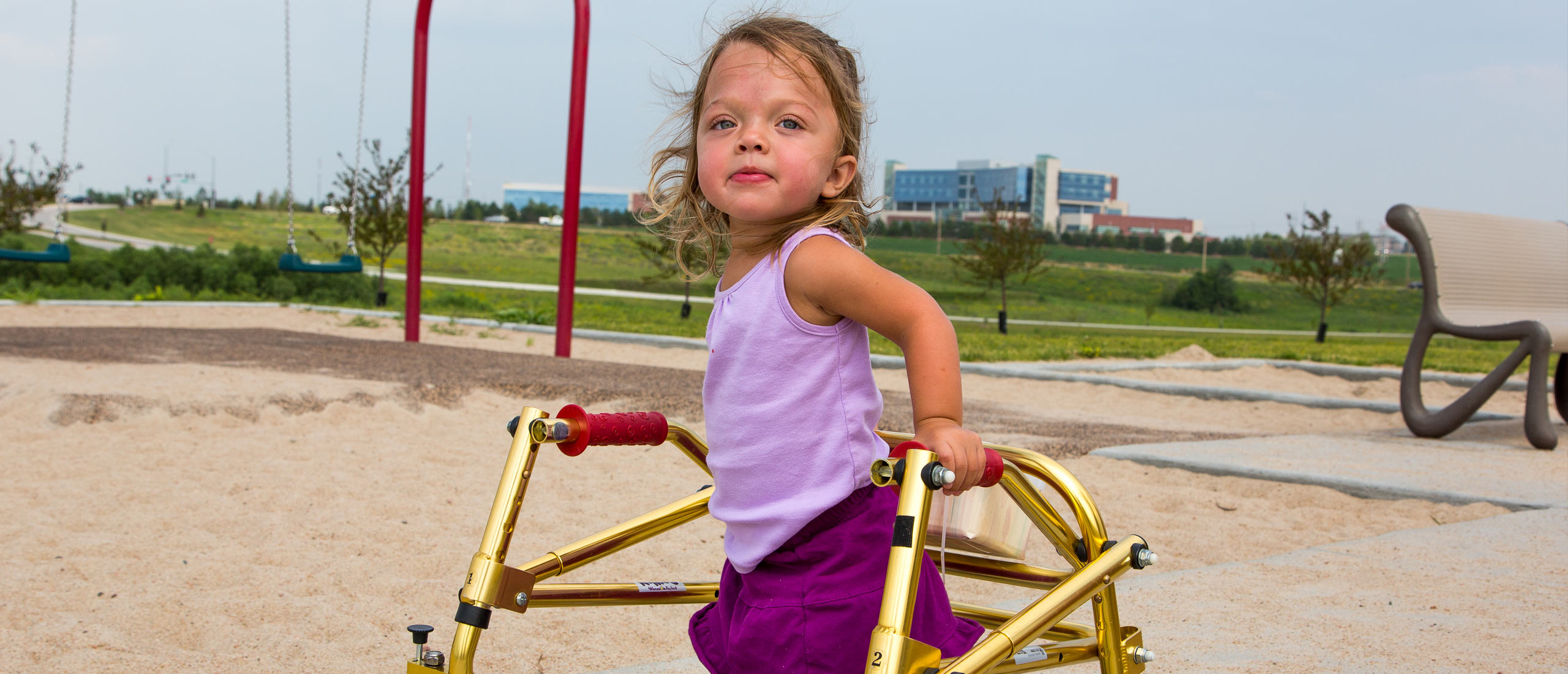Bones
Abnormally shaped head, pseudofractures, bone deformities, softening of bones, rickets*, frequent fractures, persistent musculoskeletal pain, waddling gait, enlarged wrists, knees and ankles.
HPP is a rare, inherited and progressive metabolic disease characterized by defective mineralization (the process that hardens and strengthens bones and teeth), impaired calcium and phosphate regulation and non-skeletal manifestations, such as muscle weakness, generalized fatigue and pain.1-3
HPP is caused by deficient activity of an enzyme known as alkaline phosphatase (ALP), which is important for building healthy bones as well as proper function of muscles. When ALP is functioning normally, it allows calcium and phosphate to bind together to form healthy, strong bones.1
People living with HPP have low ALP activity, which can lead to poor growth and development and a variety of skeletal and non-skeletal abnormalities, including soft bones, deformity of bones, bone fractures, muscle weakness, fatigue, abnormal gait, premature loss of teeth with the root intact and progressive damage to vital organs. As a result, the disease can have a debilitating impact, including loss of physical function and chronic pain. 1,2
HPP can affect males and females of all ages, with approximately 80% of people living with HPP aged ≥18 years. Certain signs and symptoms of HPP may be more common based on a person’s age. When signs and symptoms are present before 6 months of age, HPP is referred to as perinatal or infantile HPP and can be fatal. 1,4,5

Evie, living with HPP
Signs and symptoms may vary and can impact many different parts of the body, including:1-3,6-9
Abnormally shaped head, pseudofractures, bone deformities, softening of bones, rickets*, frequent fractures, persistent musculoskeletal pain, waddling gait, enlarged wrists, knees and ankles.
Muscle weakness, neuromuscular pain, generalized body pain, joint stiffness or swelling, fatigue, arthritis, fibromyalgia.
Underdeveloped ribs and lungs, severe breathing difficulties*, respiratory failure*.
Pain, headaches, vitamin B6-dependent seizures†, brain fog, depressed mood.
Kidney stones, decreased kidney function.
Early tooth loss with the root intact*, gum disease.
*Signs and symptoms in infants and/or young children.
†Signs and symptoms in infants.
My hope for Tanner in the future is that he enters into adulthood. I kind of hope that he will be a doctor, and maybe help kids like doctors have helped him."René, Mother Of Tanner
Living with HPP

Veeva ID: US/UNB-H/0665